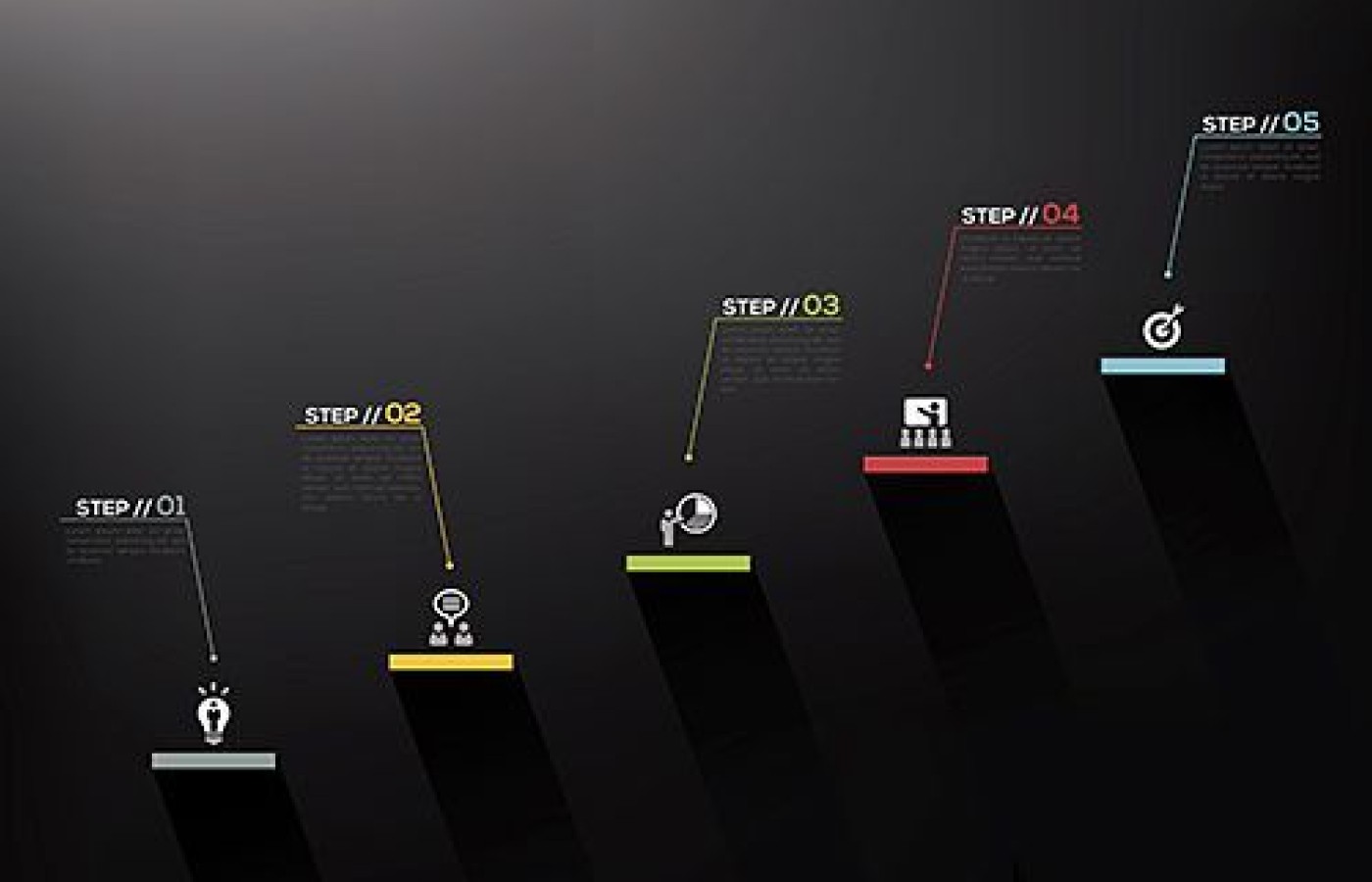It is estimated that 61% of patients with CTS avoid taking surgical options due to postoperative complications and costly surgical procedures. Chiropractic care offers a comprehensive and effective treatment for carpal tunnel syndrome, addressing the condition from multiple angles. Recent studies also have unveiled a game-changing adjunct to chiropractic treatments for CTS: nerve flossing.
Designing a Fitness Plan (Part 2): Sequencing and Progressions
Editor's Note: Part 1 of this article appeared in the Nov. 15, 2015 issue.
I spend more and more time discussing "awareness" principles with my patients, which includes ways to protect the injured area, at-home ice and/or heat instructions, diet and nutrition to decrease inflammation, parasympathetic time and sleep for restoration, ergonomics (in the car, at work and home), and the "big one" for a rehab specialist: introducing movement (exercise) as therapy and guiding the optimal loading process. Let's continue our discussion from part 1 on what to consider when designing a fitness plan, focusing in this article on exercise sequencing / progressions.
Step #1: Out With the Bad, in With the Good
Before I can get to the actual exercise prescription, I need to help the patient become more aware of why they are in my office in the first place. During the initial visit or two, I explain the concept of removing the negative things the patient might be doing; things they don't even know they are doing. If I can help my patient remove contributing causes of pain (e.g., poor posture, awkward spinal motions, poor diet, poor motor patterns [gait], etc.), improvement will follow.
For example, if the patient injures their back first thing in the morning while flexing to put on socks and shoes, they will have a bad day; If they are sitting with their pelvis malpositioned while driving to work, that will irritate the low back and they will have a bad day. If they are not getting enough sleep and not eating well, they will have a bad day. And if they are repetitively using poor technique while in the gym or during training, they will have a bad day. I simply help patients become aware of activities that may be irritating their back or other areas of the body. It is up to the patient to make the proper changes once I teach them how to do so.

A majority of the in-office rehab visit time includes lessons that create more of a variety of movement, mobilization and stabilization. Patients understand their joints and muscles need to be repositioned with manual techniques and home exercise therapy. Breathing patterns need to be evaluated early on.
The in-office session is allotted time for adjustments and soft-tissue therapy, which works on improving innervation; and some time spent teaching the patient exercise and skills to do at home. These include self-myofascial release (foam roll, stick work, etc.), stretching and breathing, dynamic warm-ups (also with breath work, which can include core work), and exercises using bands and weights. All of these steps will improve tissue quality, tissue length, tissue temperature, mobility, and tissue tensile strength.
Step #2: Focus on Exercise Sequencing and Progressions
There are definite exercise progressions and tweaks that can help reposition the musculoskeletal system. These include the following:
- I teach the patient what good posture feels like.
- I incorporate agility, balance and proprioceptive system training.
- I teach basic motion including pelvic tilts; then progress to motor patterns, to stability, to endurance, to strength, and finally to power.
- I start movement with the patient's body weight, then progress to external resistance (bands, free weights).
- I progress the patient from stable surfaces to liable surfaces, and then to liable surfaces with loads.
- I begin training in the sagittal plane, then the lateral (frontal) plane, then provide torsional plane challenges.
Once the patient has achieved reduced pain levels, the treatment within a given session can be completely independent of any hands-on intervention. Exercise is our medicine and can be used to facilitate immediate neuromuscular adaptation, improve the quality of muscle and joint quality of motion, and create immediate short-term changes in biomechanics and motor control.
Exercise progressions and sequencing are the blueprint for "prehab," "rehab" and "conditioning" plans. Exercise progressions are typically defined by an increase in variables such as intensity, duration, frequency, tempo, load or volume. The sequencing of corrective exercise programs should help lead to our major objective: less pain while sitting at work, during sports-specific play, etc.).
Steven Covey suggests, "We should begin with the end in mind," which forces me to know the patient's goal and create a strategy so I can say to them, "I have a plan. I have created mini objectives, or stepping stones, to moving your neuromusculoskeletal system toward the main objective."
Having a series of mini objectives or routines within the treatment program allows the doctor and patient to audit the patient's progress through the program (test-intervention-retest). The exercises within the corrective exercise sequence also should be congruent with the main objective. The progressions / sequencing of the corrective activity usually follow this template:
- Lower body: parallel stance to a staggered stance, to a one-leg stance
- Upper body: simultaneous arm movement / stability, to alternating; two arms to one arm
- Partial ROM to full ROM (teaching the patient how to move a part of the body, then to move the whole body)
- Isometric holds to dynamic movement
- Slow movement to fast movement
- Proper form to increased intensity
- Speed: slow to fast (with exceptions)
- Lever arm: short to long
- Base of support: large to small (e.g., two feet to one foot, two arms to one)
- Peak and taper according to the patient's competition schedule
- Sport-specific and "super stiffness" techniques (e.g., core function)
I encourage you to follow this series of articles throughout 2016. I will share common exercises I teach and prescribe in my office, and discuss specific progressions and sequencing options.



